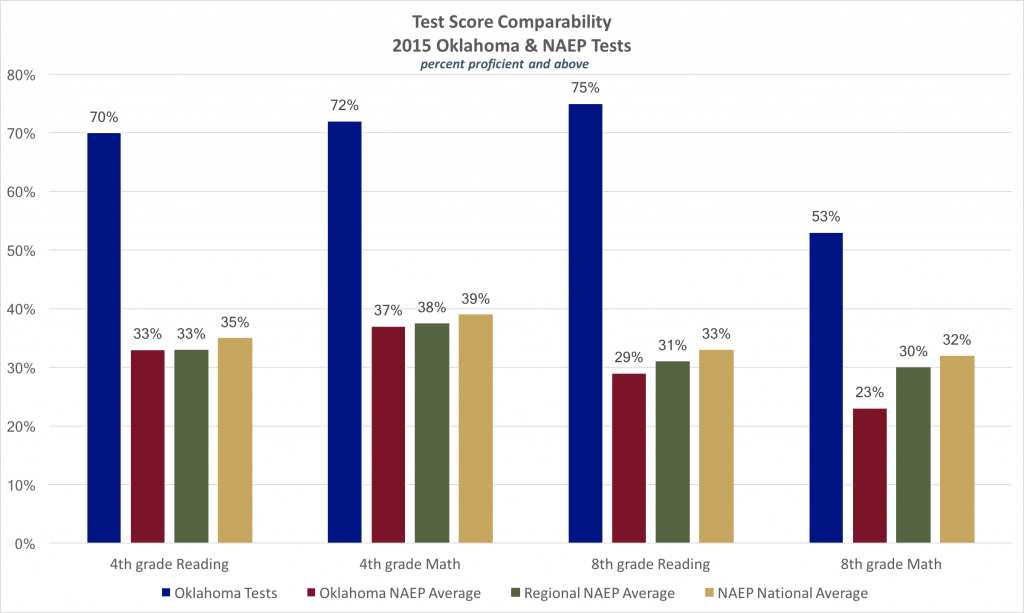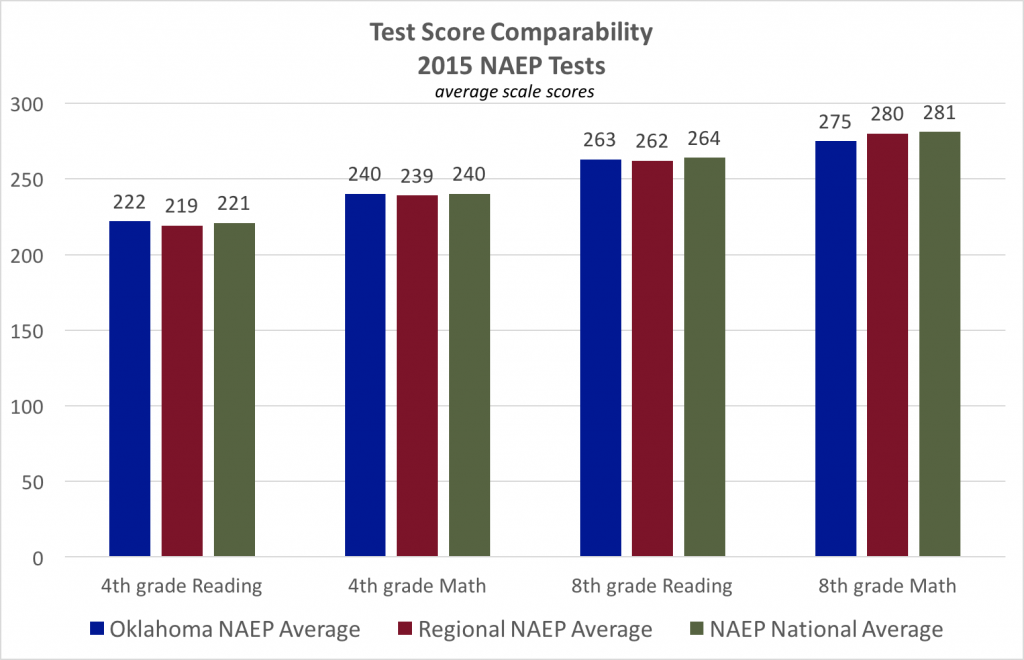Student Testing Information for Board Members
The week of Oct. 11, districts will receive information about student performance on state-mandated tests taken last spring. As district and school leaders begin analyzing that information, it’s important board members be aware of how these test scores differ from information reported in prior years. The scores that will be released soon aren’t comparable to those in prior years.
Please review the information we’ve compiled below and let us know if you need additional information. It’s important that local education leaders lead the conversation in your communities on this and other important education topics, and you’ll find a few suggestions below about ways you can do so.
The state Education Department has also information available on its website.
New Standards = New Tests
- Last year marked the first year schools implemented new math and English/language arts academic standards. These standards are designed to help students become more creative thinkers and problem solvers rather than simply memorizing information.
- The change in standards also required a change in testing. The new tests are designed to more accurately measure a students’ academic progress and readiness for higher education and the workforce.
Test Scoring Changes
- The alignment of the tests to national performance levels means the state expects to see a drop in the number of students scoring at the two highest performance levels (satisfactory and advanced).
- The projected drop in scores doesn’t mean students are learning less; Oklahoma has significantly raised the bar to make sure all students are well prepared for their futures.
National Comparisons
- Oklahoma has benchmarked its test score performance levels to enable national comparisons. At the high school level, students will take the ACT or SAT in addition to a science test. For lower grades, this has been accomplished by using the performance levels of the National Assessment of Educational Progress (NAEP), which tests a sample of students in fourth and eighth grades. Tests in math and reading are generally taken by a sample of students every other year.
- Education leaders undoubtedly want our students to score well in national comparisons and are working toward that goal. Despite the expected drop in scores, the last math and reading NAEP scores from 2015 showed Oklahoma’s state average is at or near the regional* and national averages in most categories.
*Regional average includes Arkansas, Colorado, Kansas, Missouri, New Mexico and Texas.
Key Points to Remember
- State test scores are only part of the data school leaders and teachers use in assessing student progress and identifying academic strengths, weaknesses and opportunities.
- It’s important not to let test scores overshadow the worth of other educational experiences and opportunities that have deep value for students. Research shows a basic education in the arts and extracurricular activities including leadership programs, clubs, etc., can improve student engagement, boost attendance and student achievement.
- Not everything that matters is measured in a state test. In fact, employers report time and again the importance of soft skills and traits not measured in state-mandated tests: creative thinking, effective communication, team player, strong work ethic, flexibility and resourcefulness.
What should I do with this information?
- Continue having important conversations about the educational progress of the students in your district and how the district can continue to offer a well-rounded, exceptional education for all students.
- Encourage the educators in your district. Their daily work to do what’s best for children despite a shortage of resources is a testament to their commitment, and they may find the test score data discouraging.
- Proactively share information in a positive way with your constituents, local business and community leaders, and civic clubs. This can be an opportunity to encourage more community involvement and create or expand community and business partnerships to support student, teacher and school needs and to share about the great things happening within schools.

